Reducing inequality by way of budgetary measures
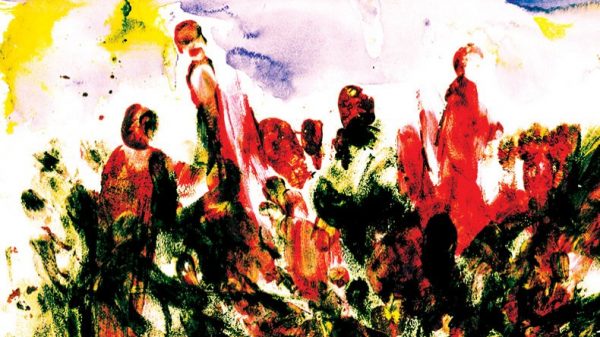
GROWING inequality has been typical of the Bangladesh economy. In its progress report on the Sustained Development Goals, made public in December 2018, the government expressed concern about rising inequality and noted its possible precarious consequences on the economy. Government data show that income inequality is now 0.48 and wealth inequality 0.74 in terms of Gini coefficient.
One way to reduce inequality by the government is to formulate its fiscal policy in a way so that the budgetary allocations for the services sector get priority with higher allocations. There should, moreover, be a logical ratio between the fiscal budget and the targeted gross domestic product.
The size of the proposed budget, as announced, seems to be meagre when the government claims Bangladesh to be a middle-income country. In Bangladesh, it is now 18.1 per cent of the gross domestic product whereas in many countries, the size of the budget is more than 33 per cent of the gross domestic product.
It is depressing to see that proposed allocation for education is Tk 61,118 crore (Tk 79,486 crore is for technology), which is only 2.1 per cent of the gross domestic product. The percentage is gradually reducing. Even if the education budget were at least 3 per cent of the gross domestic product, it should have been Tk 86,576 crore. UNESCO’s recommendation is that education budget should range between 4 per cent and 6 per cent of the gross domestic product. The allocation for primary and secondary education as proposed in this budget is only Tk 29,624 crore. When we say that the quality of primary and secondary education has to be improved, such a small allocation cannot help when a major portion of the allocation will be used for school infrastructure development. The allocation for education needs to be increased further. Each of Argentina and South Africa spends 6.0 per cent of the gross domestic product on education. Malaysia spends 5.8 per cent and Indonesia spends 4.6 per cent. Scandinavian countries such as Sweden and Norway spend even higher — 6.8 per cent and 6.5 per cent of the gross domestic product. If the government is keen on building quality human resources and create productive employment, a higher spending on education is a must. And there is no option but to build domestic human capital to make the country self-dependent.
It is disappointing to see that the allocation for the health sector is less than 1 per cent of the gross domestic product — 0.89 per cent to be precise. Why is the government so unconcerned about health issues? If we want a healthy and productive population, the allocation should be increased, at least 2.5 per cent of the gross domestic product. Budgetary allocation for health should be no less than Tk 50,000 crore.
In the social security and welfare sector, the allocation proposed is Tk 29,769 crore (Tk 74,367 crore for exclusive non-allowance). When there are concerns about reducing income inequality, which is 0.48 on Gini coefficient keeping to the Household Income and Expenditure Survey 2016, why is the allocation so poor? The inequality trend says that the figure on the Gini index could reach 0.5, which is alarming. One way to reduce inequality is to increase allocation for social security and welfare. The allocation for this sector should be Tk 50,000 crore exclusively for the people entitled to welfare services — the poor, the excluded and the marginalised. No other additional population should be covered by this allocation.
All these years, the Taka has devalued. The US dollar is now around Tk 84. Why have the authorities not thought about increasing the tax-free income slab to Tk 350,000 for males and Tk 400,000 for females. In India, it is Rs 500,000. If the previous ceiling — Tk 250,000 for males and Tk 300,000 for female — remains unchanged, the less earning people who are mostly service-holders would still have to pay taxes from their salary and the income disparity between the rich and the poor would continue to grow. If the ceiling is increased, less earning people will be exempted from taxes and high earning people will have to pay more. This will reduce income inequality in some measure.
It is also unfortunate that the surcharged ceiling of the net-wealth has been increased to Tk 3 crore. Why such a favour for the rich when the wealth inequality is 0.74 on Gini coefficient? The government consistently says that it wants to reduce inequality between the rich and the poor. Why, then, favour the rich?
The authorities have said that they would gradually increase the taxable population. But how? Physicians, lawyers, private teachers, etc who earn money through cash exchange and are free from paying taxes at source, should be brought under the tax net. This free-earning population is great in number and they largely evade paying taxes. The government does not look at them but remains tough on people whose monthly income is a meagre Tk 20,834 a month — Tk 250,000 as taxable ceiling. There is no problem with people paying taxes, but services and privileges should be there. The government may introduce tax cards for tax payers, which will ensure some services and priorities for them.
The authorities want to make TIN mandatory for all who want to invest money in savings instruments. How can thousands of small-time rural entrepreneurs who drive the economy go for TINs? The complexities in getting TINs will discourage small-time entrepreneurs from investing money in savings instruments and the government will be deprived of borrowing from ordinary people’s investment, savings that is. To reduce bank borrowing, which is very costly, the government should encourage investments in savings instruments so that poor people can have some kind of security and the government can use the amount by way of borrowing.
The proposal for the imposition of 10 per cent tax on savings instruments also seems to be unfortunate. Savings instruments are the only means of saving money by the poor and middle class people. When the government should exempt such savings from taxes, it is imposing more taxes on the poor people’s earnings. When the rich evade paying by diverse means, the poor are twisted by tax imposition.
Only 32 per cent of the population pay taxes, accounting form 14 lakh out of the 50 lakh taxable population and a portion of it is middle-income and poor people who pay taxes at source while the rich largely evades taxes, cashing in on revenue misgovernance. People who have undisclosed money, which is estimated at no less than a fourth of the budget, should be brought under stern tax regime and punitive measure to reduce income inequality. Otherwise, the top 10 per cent of the population that hold more than 50 per cent of the income would create a serious problem. The government needs to attend to all such issues in earnest.



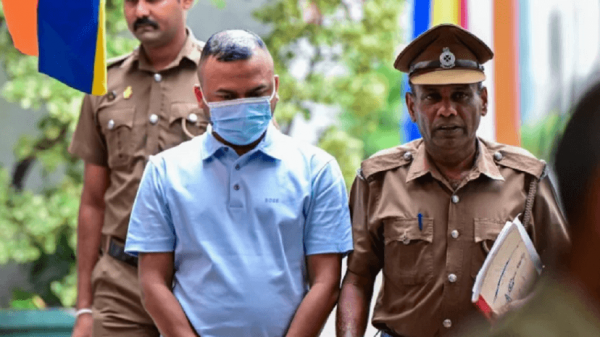
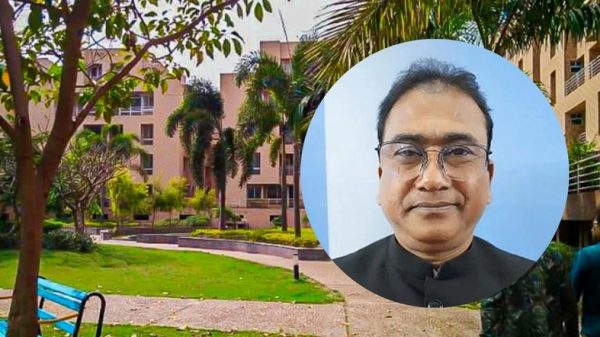


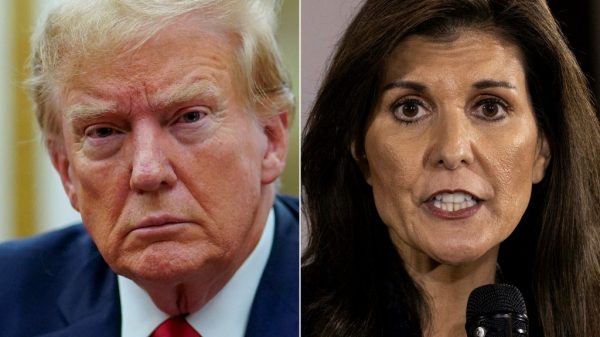
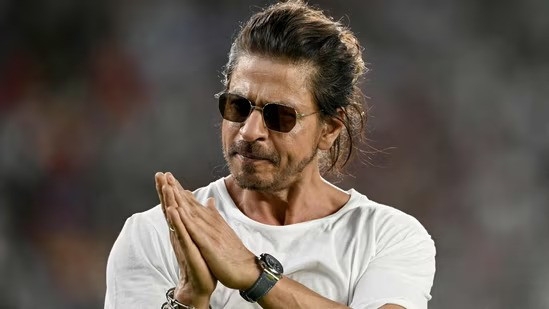

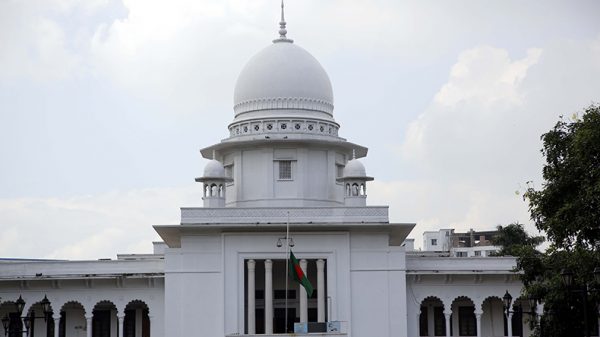
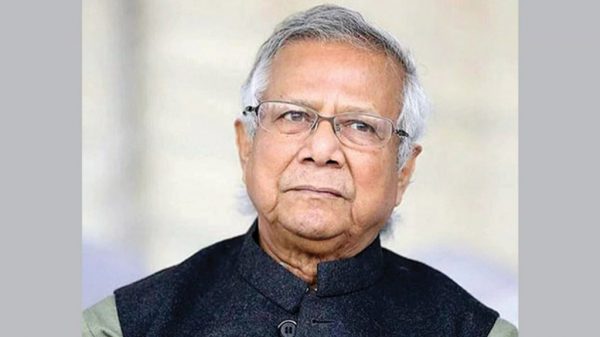











Leave a Reply